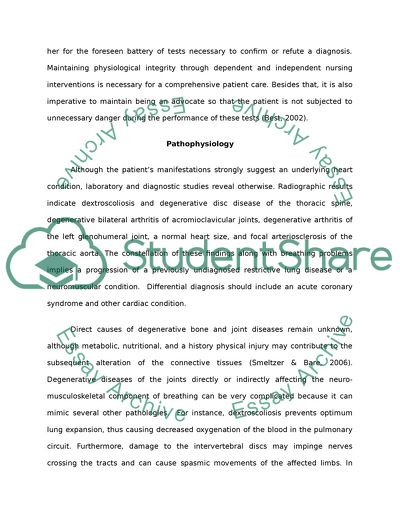Cite this document
(“Understanding Spinal Stenosis Essay Example | Topics and Well Written Essays - 1000 words - 3”, n.d.)
Retrieved from https://studentshare.org/nursing/1472352-case-study
Retrieved from https://studentshare.org/nursing/1472352-case-study
(Understanding Spinal Stenosis Essay Example | Topics and Well Written Essays - 1000 Words - 3)
https://studentshare.org/nursing/1472352-case-study.
https://studentshare.org/nursing/1472352-case-study.
“Understanding Spinal Stenosis Essay Example | Topics and Well Written Essays - 1000 Words - 3”, n.d. https://studentshare.org/nursing/1472352-case-study.


